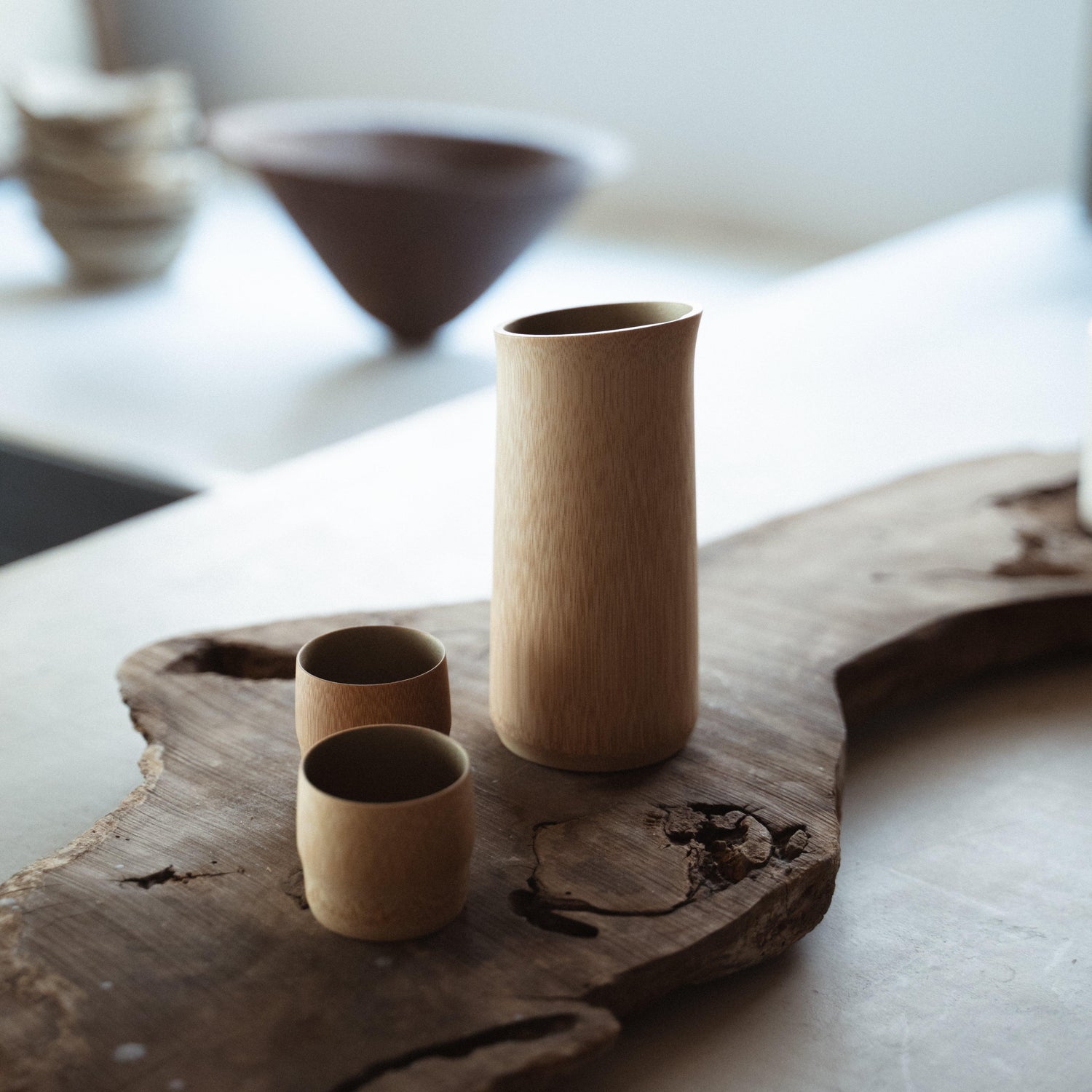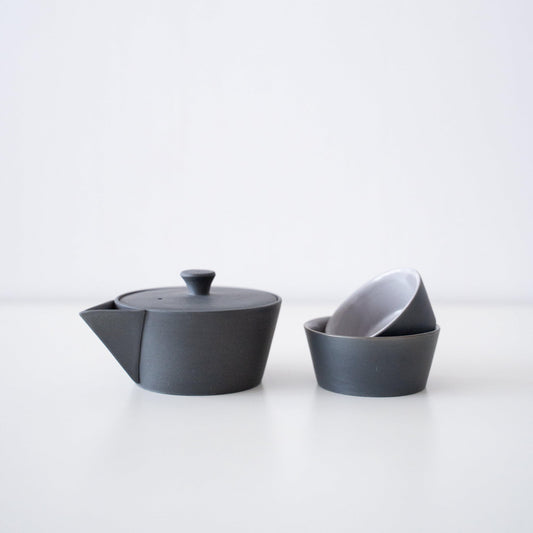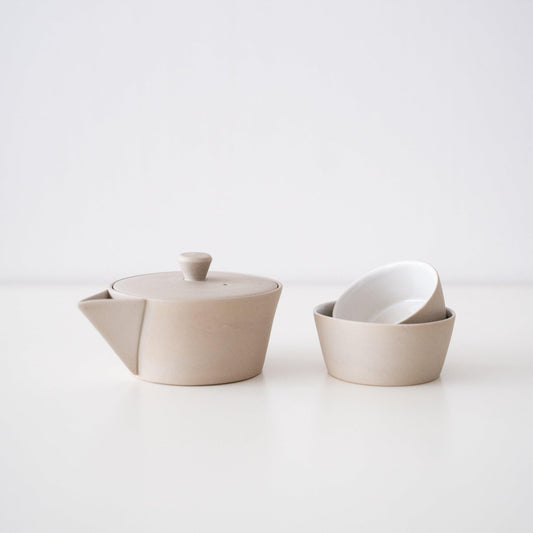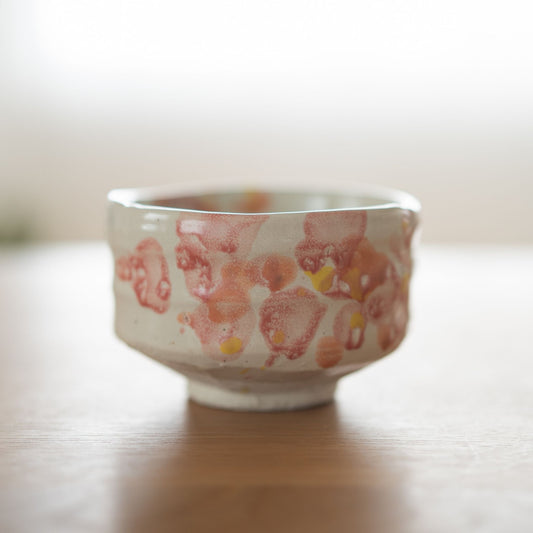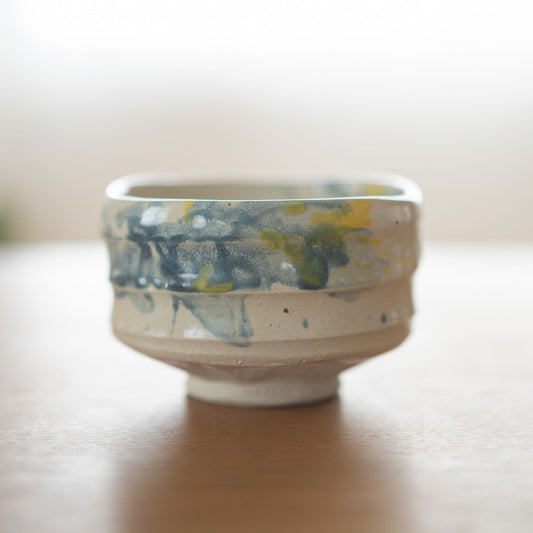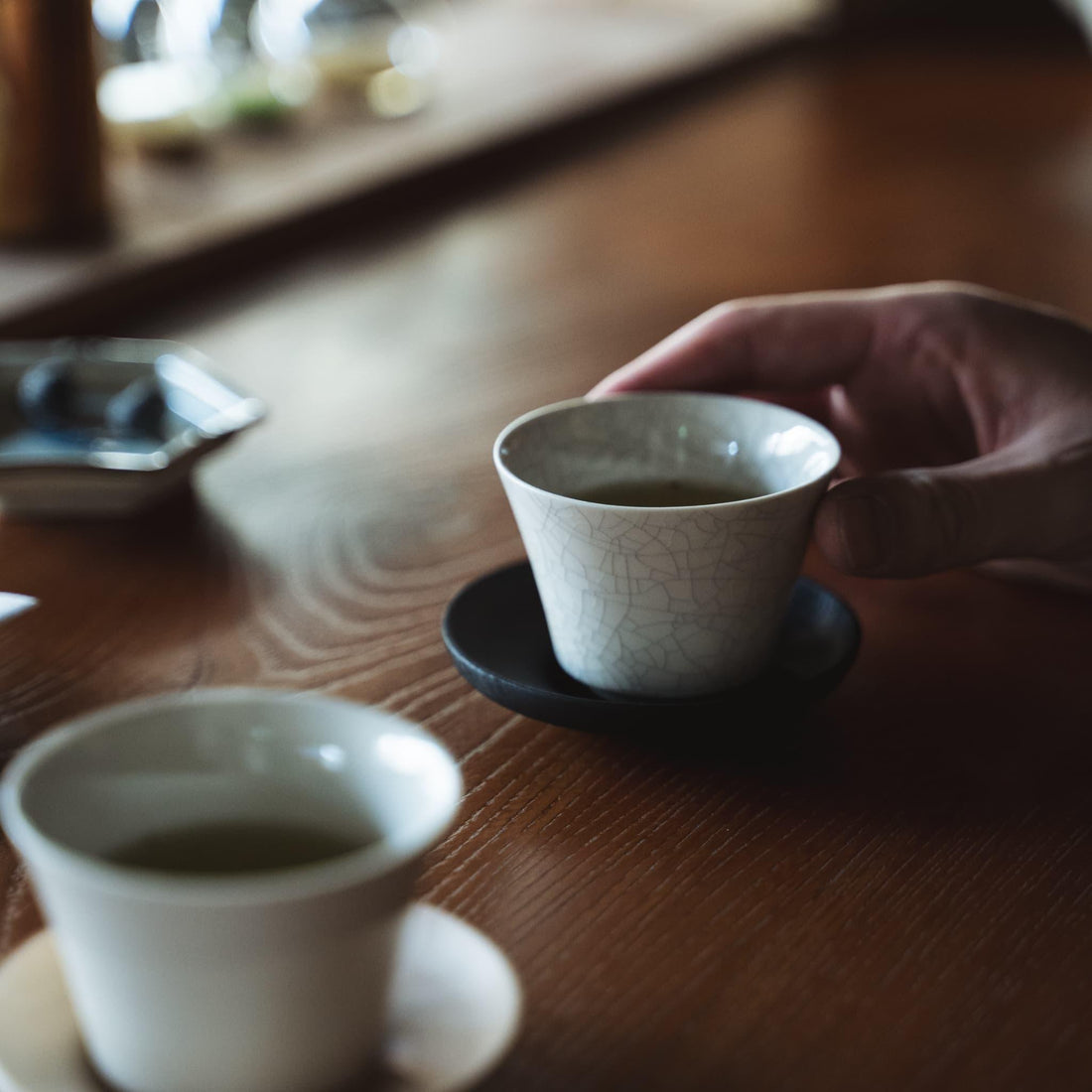
Japanese Tea Cup Guide: History, Types, and Buying Guide
Share
Japanese teacups are more than just vessels for drinking tea. Their shapes, materials, and designs reflect a rich history and culture, becoming an essential element in enjoying Japanese tea. This article explores the history and cultural background of Japanese teacups, the various types, and how to choose the right one.
Table of contents
History of Japanese Teacups: Origins & Cultural Significance
The introduction of Japanese teacups to Japan came alongside the arrival of tea from China. During a time when earthenware was prevalent in Japan, the porcelain teacups brought a fresh cultural influence. Particularly after Toyotomi Hideyoshi's Korean invasions, the start of porcelain manufacturing in Arita marked the origin of Imari ware, significantly impacting Japan's pottery and porcelain culture. Thus, Japanese teacups are not just drinkware but also symbolize Japanese culture and history.
Types of Japanese Tea Cups: Materials & Styles
There are various shapes and materials for Japanese teacups, depending on the situation and type of tea. "Kumidashi" teacups are often used for guests, characterized by their low, wide shape suitable for different kinds of tea. On the other hand, everyday Japanese teacups are easy to hold with one hand and come in glass, plastic, pottery, and porcelain. Pottery teacups, with their natural texture and insulation properties, are ideal for savoring hot tea. Porcelain teacups are known for their strength, thinness, and smooth texture, allowing one to enjoy their delicate beauty.
How to Choose a Japanese Teacup
Selecting a Japanese teacup requires considering its shape, material, rim angle, place of origin, and design/color. For example, the type of tea, such as sencha or hojicha, dictates the most suitable teacup. Pottery teacups are great for hot tea due to their insulating properties, while glass ones are recommended for summer for their cool appearance. Additionally, teacups with curved rims are easier to carry and protect the lips when drinking hot tea. The place of origin also matters, with regions like Kyoto's Raku ware and Yamaguchi's Hagi ware reflecting specific cultures and techniques, making the choice of teacup significant in the world of tea ceremony.
Choosing a Japanese teacup is an important step in deepening one’s enjoyment of Japanese tea. Through this item, reflecting history and culture, one can experience the depth of Japan's tea culture. Find a Japanese teacup that suits your lifestyle and preferences, and enjoy the rich world of Japanese tea.





